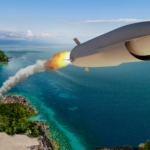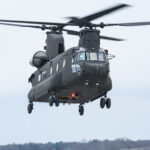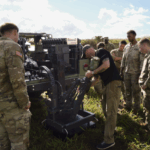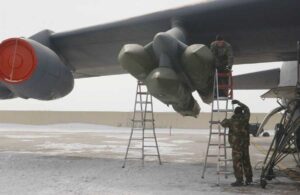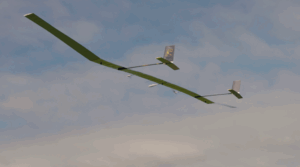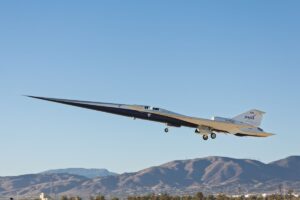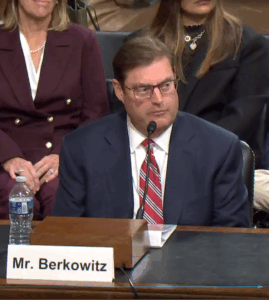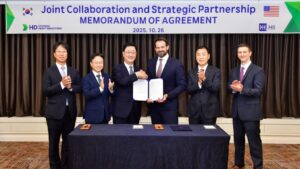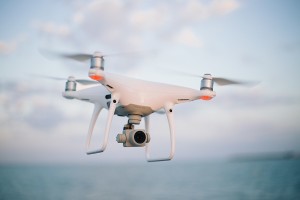
The Army has selected six companies to work on prototypes for a new short-range reconnaissance (SRR) drone small enough to fit in a soldier’s pack, with the goal of moving toward production over the next few months, the program office said Monday. Army Program Executive Office for Aviation has partnered with Defense Innovation, the Pentagon’s experimental technology office, and the Maneuver Center of Excellence for the SRR small unmanned manned aircraft (sUAS) program to go after commercial drone capabilities that…

 By
By 